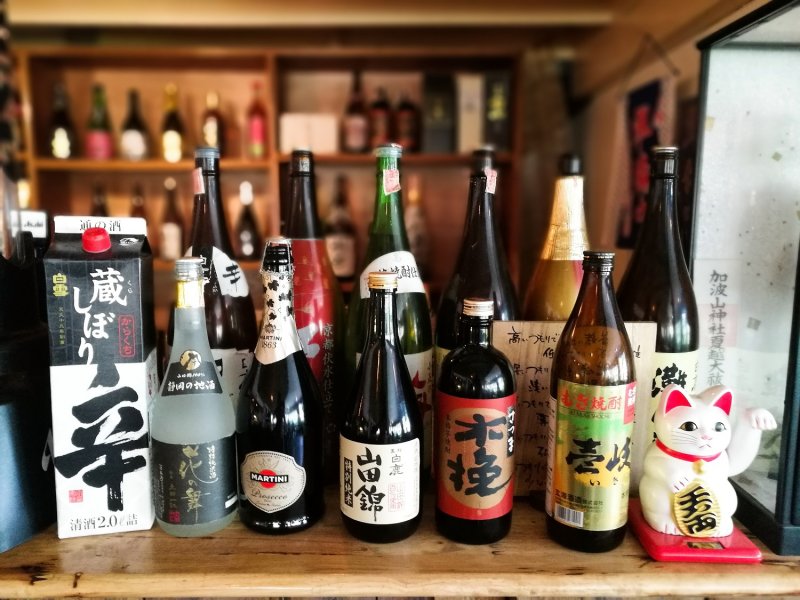First things first, in Japan, sake refers to alcohol. What many non-Japanese think of as sake is actually nihonshu – an alcoholic fermented rice beverage – that for the record, isn’t rice wine. We chat with sake professionals about all things nihonshu.
Mind your P’s and Q’s
 Daisuke Kawai
Daisuke Kawai
We know you’ve been wondering about this, and to answer your question, yes, there is indeed sake drinking etiquette. In Japanese culture, it’s a nice gesture to pour sake for the people you’re with. Drinking sake with someone is very much about nurturing that relationship, says Daisuke Kawai, Chief Sommelier and Co-founder of La Terre.
Context is important
There isn’t a one size fits all answer when it comes to sake. Maria Luisa Satoh, Sake Sommelier/Senior Sales and Marketing Manager of Orihara, explains: In Japan, they always consider the situation, food, and season, when deciding on the type of ochoko (cups), tokkuri (flask) and temperature to serve sake.
For example, when in a traditional sushi restaurant, Kawai prefers glass ochoko and tokkuri for chilled sake, and ceramic ochoko and tokkuri for warm sake. However, if he’s in a modern Japanese establishment, he opts for wine glasses instead.
Plenty more where that came from. The Bite! Japan Facebook page is full of the latest Japanese restaurants and izakaya in Singapore, new promotions and bits of information to impressive your friends with. Follow us here.
 Adrian Goh
Adrian Goh
Interestingly, Makoto Iwabuchi, Ki-sho’s Master Sake Sommelier, always uses non-traditional wine glasses to serve nihonshu. Meanwhile, Adrian Goh, Sake Sommelier/Marketing Director of Inter Rice Asia, is a champion of sake being served in wine glasses. Modern sake has diverse and interesting aromas. Using wine glasses allows the consumer to appreciate the complex aromas more easily.
Some like it hot
According to Goh, different sake styles suit different temperatures. If you aren’t sure, the easiest thing to do is to refer to the brewer’s recommendation on the back label of the bottle. His rule of thumb: Light, aromatic sake like ginjo is better chilled (around 11-15 degrees Celsius), while sake with more acidity and body like junmai tend to fare better between 16-20 degrees Celsius.
Choices, choices, choices
 Different types of sake
Different types of sake
Don’t feel intimidated by the numerous sake options out there. To get you started, Kawai offers some advice if you’re usually more of a wine drinker. Like Riesling? Then try junmai gingo as it tends to be fruit-forward and floral with a banana-like aroma. Into bold Australian Shiraz? Give genshu a shot. It has a stronger flavor and punch, thanks to its higher alcohol percentage (about 16-19%). Fancy natural wines? Pick a namazake. This unpasteurized style of sake usually has a raw quality to it yet still has a smooth, soft mouthfeel.
Be adventurous
Pairing Japanese food with sake may be the norm, but don’t be afraid to experiment. Iwabuchi suggests ginjo with fresh cheese like mozzarella as the fruity element of ginjo balances the cheese’s lightness, while strong-tasting, hard cheese enhances the umami quality of yamahai sake’s rich, complex flavor.
Goh feels that aromatic junmai daiginjo works well with white fish, scallops, green salads, and prosciutto melon; refreshing honjozo pairs nicely with sashimi, tofu, yakitori, prawns, dumplings, and wanton mee; rich junmai complements red meat dishes, bouillabaisse, and squid ink pasta; aged sake matches with broiled eel, foie gras, peking duck, and even tandoori chicken.





